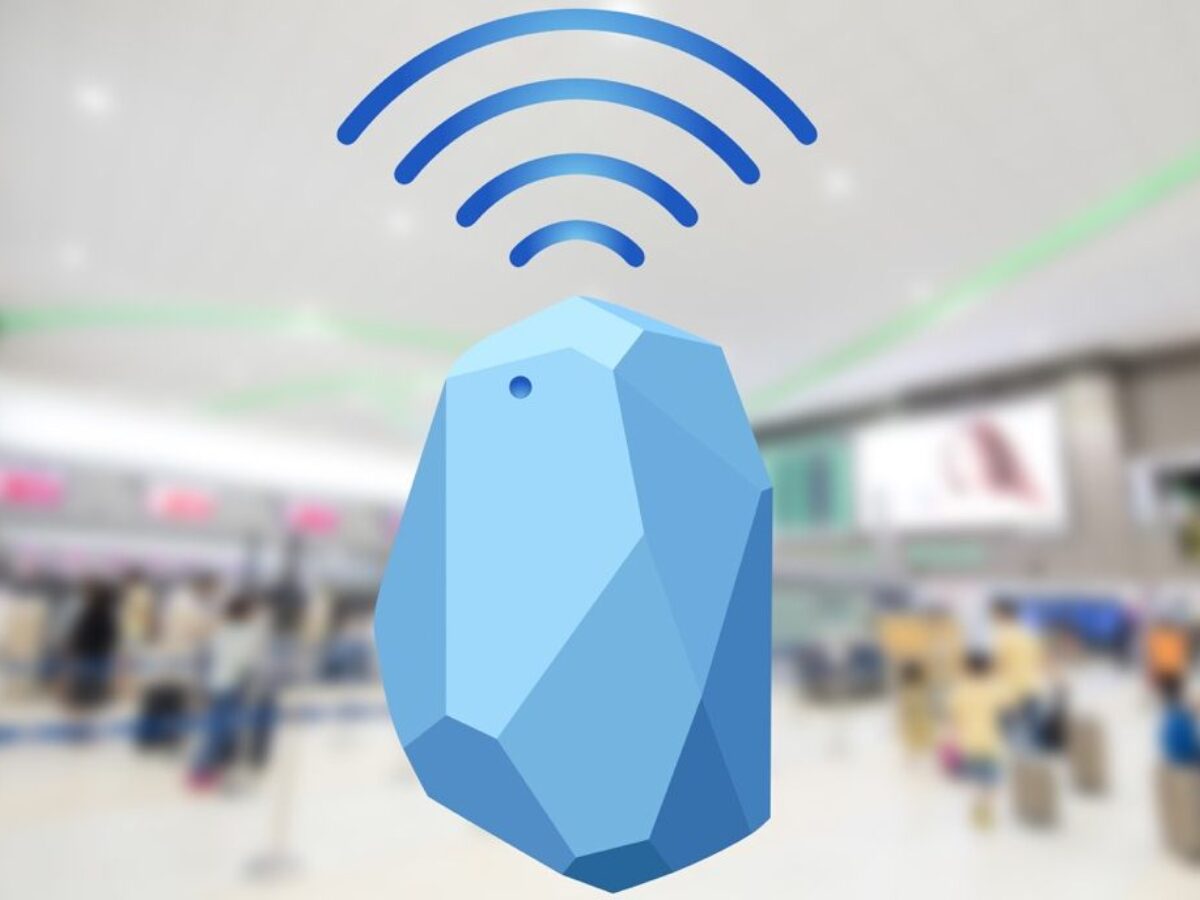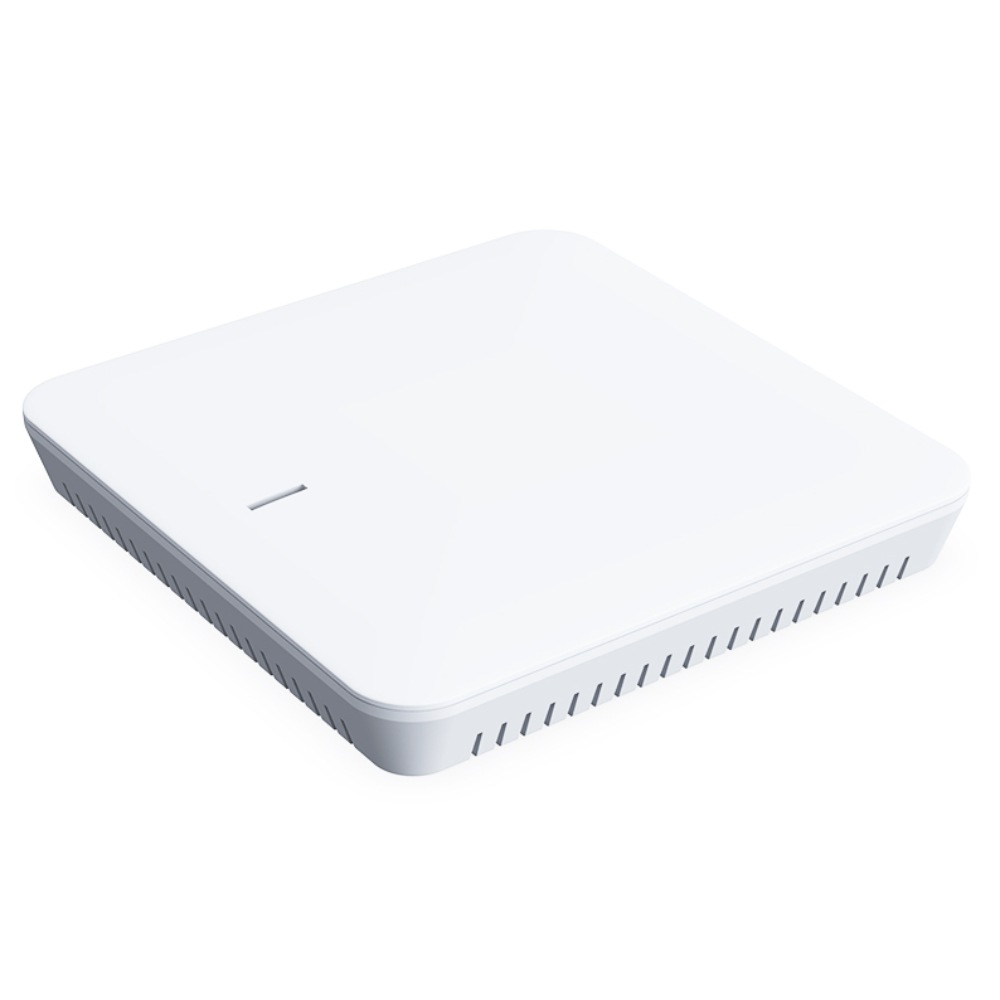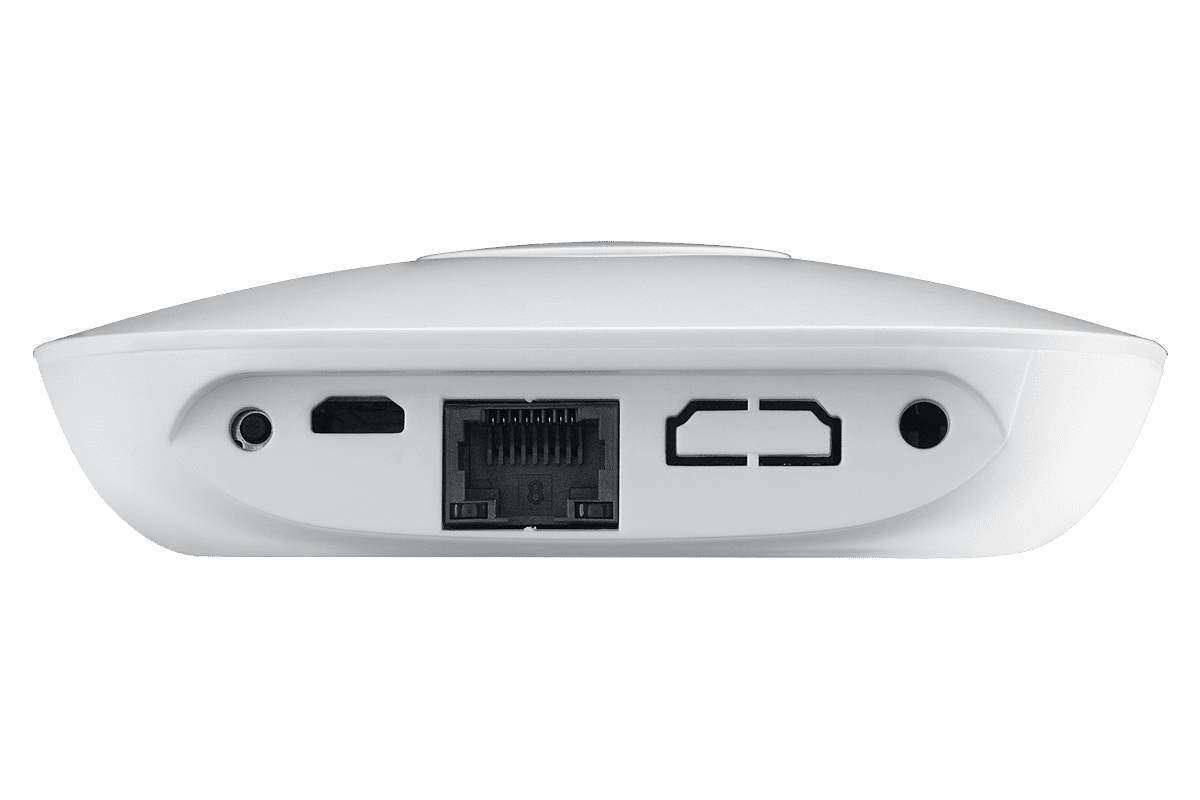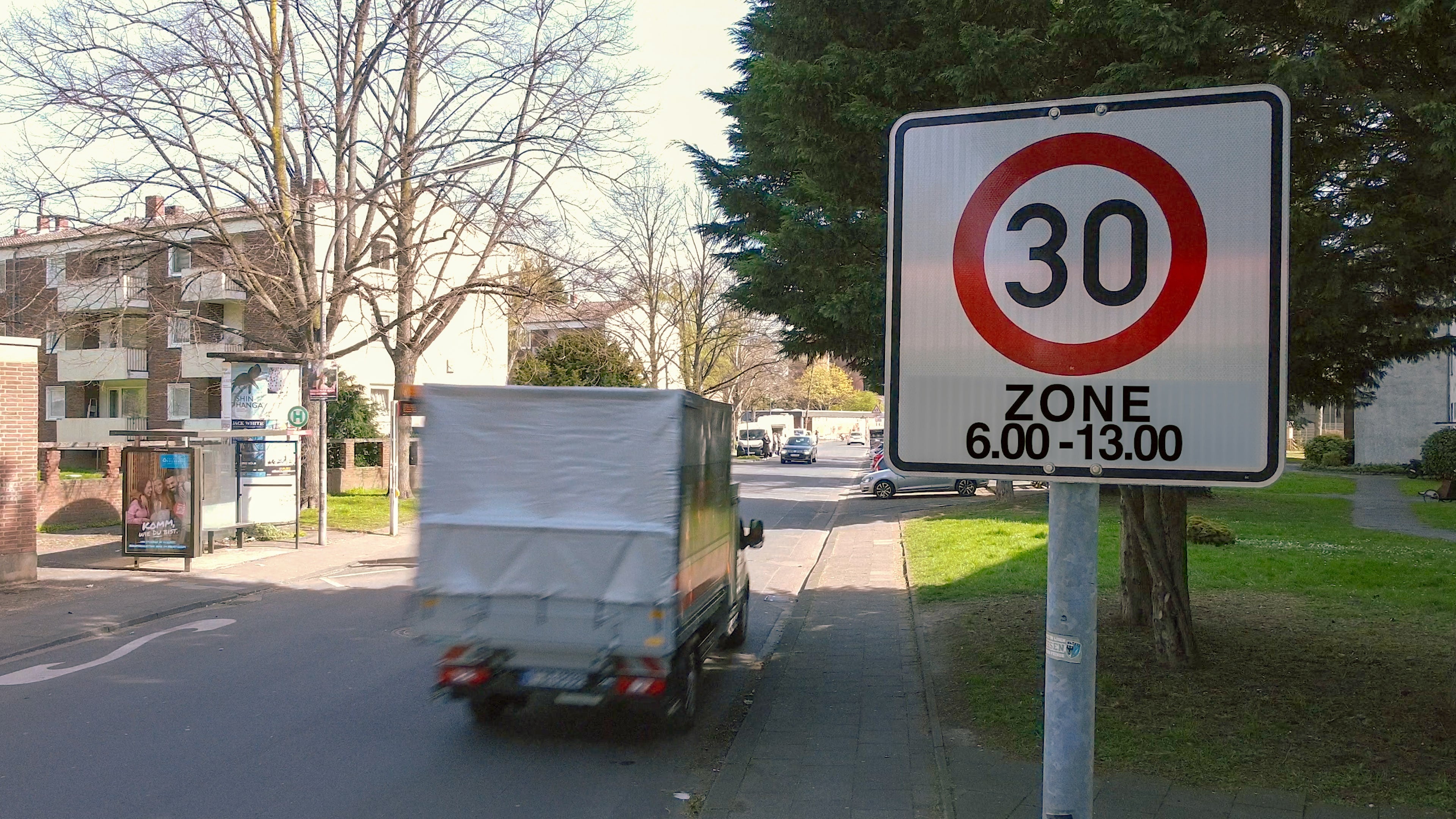Bluetooth Beacon Tracking: Six Ways to Monitor Assets with GPS Monitoring Systems
As Bluetooth Low Energy (BLE) beacon technology evolves, it brings service contractors new and innovative ways to leverage their capability to track people and assets in the workplace and at service locations. Beacons can be used in several different environments in which janitorial and security contractors operate.
Beacons exploded onto the scene back in 2013 and gave app developers a new way to understand where users were within a physical space. Beacons were cheap, and BLE technology was adopted by nearly all major smartphone manufacturers. This provided significant benefits over previous location technologies like GPS, which drained smartphone batteries and were generally ineffective indoors.
Once an organization made the switch to beacons, the typical process that followed was to mount beacon devices throughout a facility and use these proximity sensors to understand when a user carrying a BLE-enabled smartphone was nearby. While this setup enables proximity-based triggering of processes and interactions, a key challenge is that it requires all employees to carry a smartphone with them.
As beacons are being implemented in more diverse use cases, such as asset and people tracking, a range of new approaches and uses of this technology are being employed. Let’s look at the advantages and disadvantages of each.
1. The most common approach: Fixed beacons, roaming mobile devices
The most common approach to using beacons is to mount them to a permanent fixture (typically to the ceiling or walls) and have a mobile app continuously scan for beacons nearby. When the mobile device detects a beacon, it can trigger an experience in the app based on the user’s location, or simply record the interaction for analytical purposes.
Real-world examples:
- Real-time tracking of security guards as they complete checkpoints throughout a facility.
- Loop monitoring of cleaners in high-profile facilities like airports or shopping malls.
- Triggering of alerts or safety content at a site when a user enters a high-risk area.
- Sending reminders for routine maintenance of a certain area.
Advantages:
- Easy to implement; no costly wiring or installation required.
- Leverages existing smartphone devices with persistent location tracking, even if the app is running in the background.
- A cost-effective way to identify many different areas, or “zones.”
Disadvantages:
- Dependent on all users having mobile devices.
- Requires all users to install a mobile application.
2. Asset proximity detection: Roaming mobile devices, roaming asset beacons
In addition to using beacons to understand when a user is near a physical location, they can also be used to understand when a user is near an asset or physical object. By “tagging” assets with a beacon, you can trigger processes or interactions when a user carrying an app comes in range.
Real-world examples:
- Prompt safety or instructional content when an employee comes into contact with dangerous or complex equipment.
- Record the last person to use a piece of equipment and provide a complete audit history of equipment usage.
- Track use of company vehicles and equipment.
- Quickly count nearby assets and track asset movement between locations.
Advantages:
- No deployment of hardware infrastructure is required.
- Quickly read nearby assets without requiring individual scanning (unlike passive RFID tags).
- Provide contextual information relating to nearby objects.
- Automatically record interactions between users and assets.
Disadvantages:
- It cannot provide location awareness without additional sensors or inputs.
- It requires all users to install mobile applications.
3. Asset location tracking: Fixed BLE receivers, roaming asset beacons
One of the use cases that beacons have more recently been adopted for is asset tracking. In certain scenarios, this technology provides significant benefits over traditional tracking technologies such as RFID and has fueled the development of Bluetooth low-energy receivers. These devices are mounted to permanent fixtures and continuously monitor the environment for beacons or other BLE signals. When a tagged asset is nearby, the BLE receiver broadcasts this information back to a cloud service via WiFi or cellular data.
Real-world examples:
- Real-time tracking of all equipment and critical machinery within a hospital.
- Tracking vehicles as they enter and leave a property or designated area.
- Track the movement of materials within an office building.
- Track the location of luggage carts within an airport and provide alerts when they leave a designated area.
Advantages:
- Does not require a mobile application.
- Automatically track the location of thousands of assets in real-time.
- Hard-wired Bluetooth Low Energy receivers do not rely on battery power and can provide more frequent readings.
- Rough trilateration and two-dimensional positioning are possible with multiple receivers.
Disadvantages:
- It requires mounting where power is available.
- Requires stable WiFi or cellular data.
- Higher installation and hardware costs.
4. The piggy-back approach: Fixed beacons, roaming mobile devices and roaming asset beacons
In some instances, there’s a desire to track the location of assets within a workplace, but it’s not practical to mount permanent BLE receivers. This makes asset tracking challenging without a device present to detect the location of assets and send the information back to a cloud service. This can be overcome by “piggybacking” off the location of a mobile device. Similar to the first approach, beacons are deployed throughout a facility and a mobile app is installed to continuously monitor the location of each device. By tagging assets with beacons, the mobile app can detect assets that are nearby and assign them to the same location as the device based on the nearby fixed beacons.
Real-world examples:
- Tracking of equipment and visitors with BLE-enabled lanyards in an office environment.
- Tracking of equipment when security guards are working in temporary environments such as festivals and conferences.
Advantages:
- Easy to implement; no costly wiring or installation required.
- Tracking of both users and assets without requirement for additional hardware.
Disadvantages:
- The update of asset locations is dependent on the presence of mobile devices and apps.
- Moving mobile devices can reduce the accuracy of asset location.
5. The hybrid approach: Fixed beacons and BLE receivers, roaming mobile devices, and roaming asset beacons
A hybrid approach can be taken to combine the benefits of both fixed beacons and fixed receivers. This works well in environments where device coverage is limited and needs to be augmented with additional receivers.
Real-world examples:
- Tracking of cleaners and assets within a hospital environment, where additional receivers are mounted to storage centers for continuous monitoring of assets.
- Tracking of carts within an airport where BLE receivers provide location data at docking bays and worker devices provide location updates throughout the airport and in parking lots.
Advantages:
- Track users and assets with greater accuracy.
- Maximize coverage and efficiency of deployment whilst minimizing hardware cost.
- Increase the number of Bluetooth Low Energy receivers over time as you find spots where mobile users are not active.
Disadvantages:
- Cost of setup and deployment.
6. The combination method: Augmenting a BLE solution with GPS, Geo-fencing, or WiFi
BLE beacons provide significant benefits for tracking people and assets indoors. However, there are still benefits to combining this technology with more traditional location services such as GPS, geofencing, or WiFi. Beacons attached to assets can be used to identify objects, and then you can leverage additional mobile location technologies to add location context.
Real-world examples:
- Monitor the location of mobile workers during travel by attaching a beacon to the inside of the vehicle.
- Track the location of assets within an office building using WiFi-enabled user tracking and beacons for asset tagging.
Advantages:
- Take advantage of existing location services while using beacons to tag nearby devices.
- Move seamlessly from indoor positioning to outdoor environments.
- Minimize battery life drain by only using location services when required.
Disadvantages:
- Dependency on mobile application on devices.
Start Using Workforce Management Software
By integrating Bluetooth beacons with workforce management software, employers are able to track employee movements accurately within the workplace. This allows managers to monitor productivity levels, ensure employee safety, and optimize workflow processes. The combination of beacon technology and workforce management software also provides valuable data insights for informed decision-making regarding staffing levels, resource allocation, and overall operational efficiency.
Lighthouse and Bluetooth beacon software
For security and cleaning professionals who wish to move forward with implementing beacon technology, TEAM Software by WorkWave offers Lighthouse, which integrates with Bluetooth beacon technology and provides a usable smartphone app to ensure that dispersed workers are properly monitored.
Whether it’s cleaning task completion, rotation loops, or guard patrolling, Lighthouse helps managers ensure that workers are performing their duties while providing proof of record.
Ongoing reports in Lighthouse also help document risk management compliance, defend against claims, and expose areas where efficiencies can be gained. Additional Lighthouse benefits include:
- Accurate route data information and reports related to time spent on-site
- Increased quality of service delivery and customer satisfaction
- Better team communication through automated emails and alerts
- Quicker responsiveness to incidents and potential to develop an incident reporting strategy
- Overall minimization of risks to a company
Closing Thoughts
Integrating Bluetooth beacon technology with GPS monitoring systems can greatly improve asset tracking and workforce management for businesses. By combining these technologies, organizations can take advantage of the benefits offered by both solutions to enhance operational efficiency, employee productivity, and overall customer satisfaction.
Partnering with Lighthouse, a specialized software solution that integrates with Bluetooth beacons, can further streamline the implementation process and provide valuable support in managing dispersed workforces. Lighthouse offers a user-friendly interface, real-time tracking capabilities, and customizable reporting features that cater to the specific needs of security and cleaning professionals. Request a demo today!






